Ah, the art of gardening begins beneath your feet, with the humble yet mighty soil. For both budding and seasoned gardeners, understanding how to prepare soil for planting is akin to laying down a solid foundation before building a home. It’s the first step in ensuring your plants thrive, providing them with the nutrients, structure, and environment they need to reach their full potential.
In this article, we’ll delve into the essential steps for preparing your soil, transforming your garden bed into a welcoming habitat for your plants. You’ll learn how to assess the condition of your soil, improve its texture, and balance its nutrient levels—all crucial skills for anyone with a green thumb. Whether you’re nurturing a vegetable patch or cultivating a flower garden, the techniques shared here will empower you to give your plants the best start possible.
By the end of this guide, you’ll feel confident in your ability to transform your garden soil into a rich, inviting haven for seeds and seedlings alike. We will explore practical, easy-to-follow methods that demystify soil preparation, making it accessible for gardeners of all experience levels. So grab your gardening tools and your curiosity; it’s time to dig deep and set the stage for a flourishing garden.
Understanding Soil Composition Basics
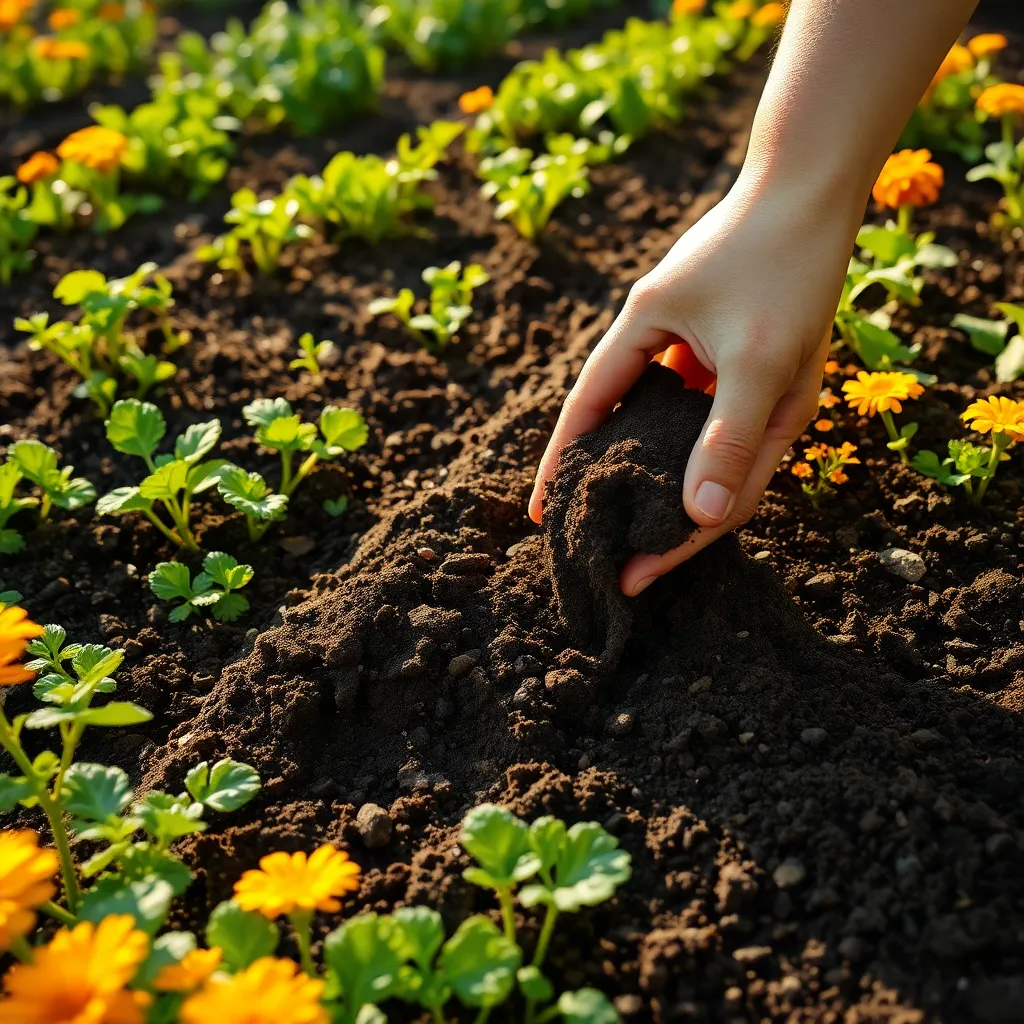
Understanding soil composition is crucial for successful gardening, as it directly affects plant health and growth. The three primary components of soil are sand, silt, and clay, and their proportions determine soil texture.
To assess your soil’s composition, you can perform a simple jar test at home. Fill a jar with soil and water, shake it well, and let it settle for 24 hours to observe the layers of sand, silt, and clay.
Amending soil is often necessary to improve its quality for planting. For sandy soils that drain too quickly, adding organic matter such as compost can enhance water retention.
In contrast, clay-heavy soils benefit from the addition of sand and organic matter to improve drainage and aeration. Regularly incorporating organic material like well-rotted manure or leaf mold can transform compacted clay into a more friable and fertile medium.
Testing soil pH is another important step in preparing soil for planting. Most plants prefer a neutral to slightly acidic pH (6.0 to 7.0), so adjust your soil with lime to raise pH or sulfur to lower it, depending on your test results.
Creating a balanced soil environment helps plants access nutrients more effectively. By tailoring soil composition to meet the specific needs of your plants, you’ll set up your garden for a successful season of growth.
Tools Needed for Soil Preparation
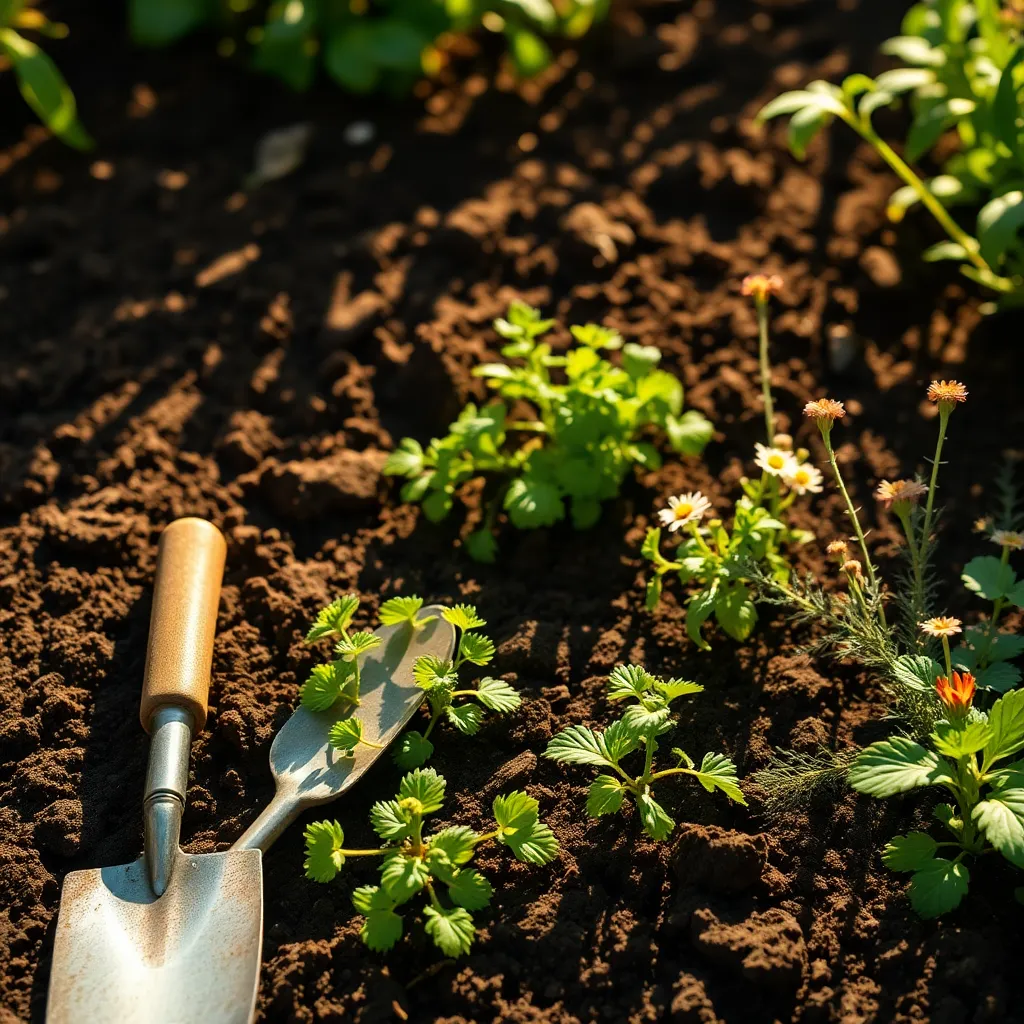
Proper soil preparation is crucial for successful planting, and having the right tools makes the job easier and more effective. A spade or shovel is essential for turning the soil and incorporating organic matter, which enriches soil structure and fertility.
For breaking up clumps and leveling the bed, a garden fork is invaluable. It helps to aerate the soil, allowing roots better access to air and water, which is essential for healthy plant growth.
A rake is necessary for smoothing the soil surface and removing any debris, ensuring an even planting surface. Choosing a rake with adjustable tines can be advantageous for working in both tight spaces and larger areas.
Beginner gardeners might find a soil tester helpful to assess pH levels and nutrient content, guiding soil amendments as needed. Knowing your soil’s pH helps you select the right plants and fertilizers, improving your garden’s productivity.
Steps to Test Soil Quality
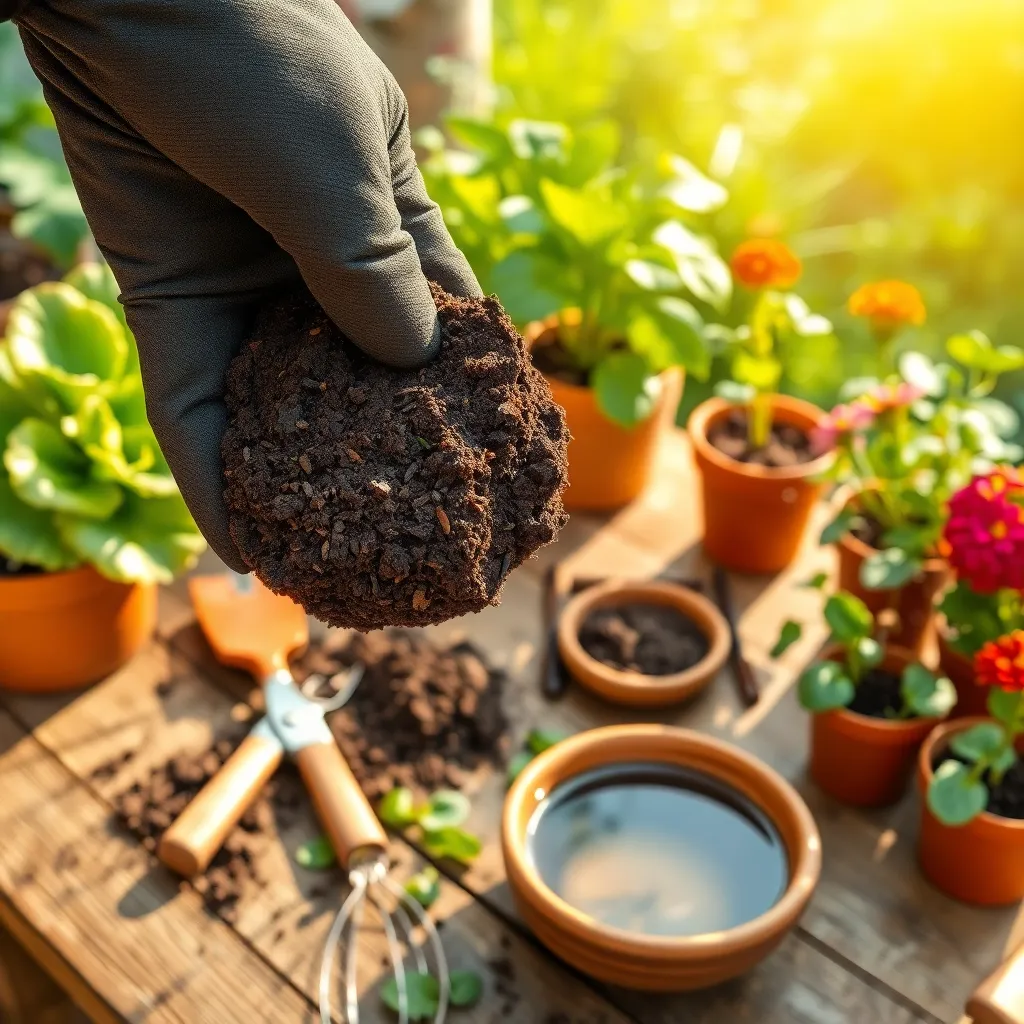
Before planting, it’s crucial to test your soil quality to ensure it’s suitable for your plants. Start by collecting soil samples from different areas of your garden using a clean trowel or spade.
Mix the samples thoroughly in a clean bucket to create a composite sample, which will give you a more accurate representation of your soil’s condition. It’s important to air dry the soil for 24 hours before testing to ensure accurate results.
Consider using a home soil test kit, which is widely available at garden centers and online. These kits typically test for pH, nitrogen, phosphorus, and potassium levels, which are crucial for plant health.
Follow the test kit instructions closely, as each kit may have different procedures for mixing soil with the testing solution. Record the results carefully, as they will guide you in amending your soil to meet plant requirements.
For a more detailed analysis, you might want to send a soil sample to a local agricultural extension service. This option provides a comprehensive report on your soil’s mineral content and pH level, which can be invaluable for more experienced gardeners.
Once you understand your soil’s quality, you can amend it by adding organic matter like compost or adjusting its pH with lime or sulfur as needed. These steps will help ensure your garden has the best foundation for healthy plant growth.
Amending Soil for Optimal Growth
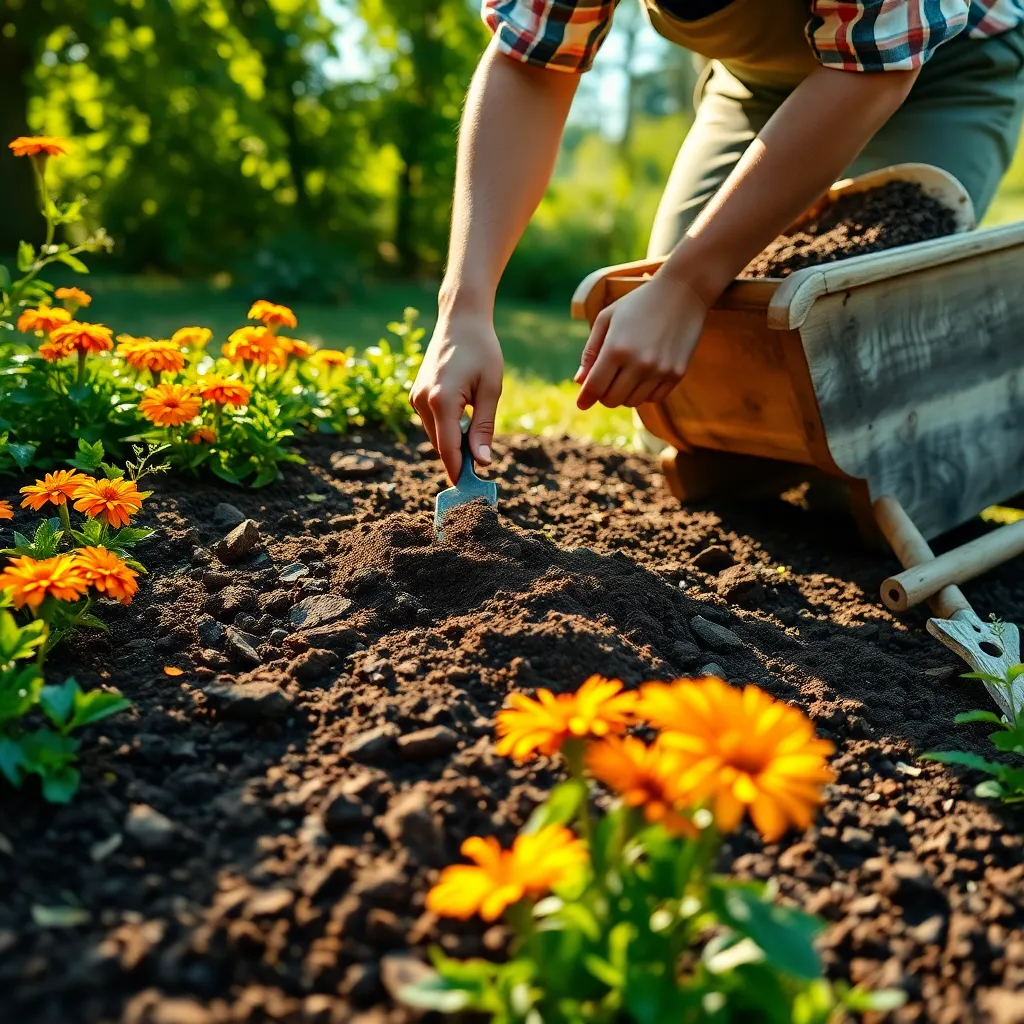
Amending soil is a crucial step in preparing it for planting, as it helps create an environment where plants can thrive. Start by assessing the results of your soil test to determine what nutrients or amendments are needed to enhance soil quality.
Organic matter is one of the most effective amendments for improving soil structure and fertility. Add materials such as compost, aged manure, or leaf mold to your soil to boost its nutrient content and improve water retention.
For heavy clay soils, consider incorporating sand or gypsum to enhance drainage and prevent compaction, which can suffocate plant roots. In contrast, sandy soils may benefit from the addition of organic matter to increase their ability to retain moisture and nutrients.
Gardeners should also pay attention to the soil’s pH level, as it can significantly impact nutrient availability. If your soil is too acidic, adding lime can help raise the pH, while sulfur or peat moss can lower the pH in alkaline soils.
Mulching is another beneficial practice that can improve soil health by reducing evaporation and keeping the soil temperature consistent. Apply a layer of organic mulch, such as straw or wood chips, around your plants to suppress weeds and conserve moisture.
For those looking to delve deeper, consider cover cropping as an advanced technique to naturally enrich your soil. This involves planting specific crops like clover or rye during the off-season to add organic matter, prevent erosion, and enhance soil fertility.
Preparing Soil for Different Plants
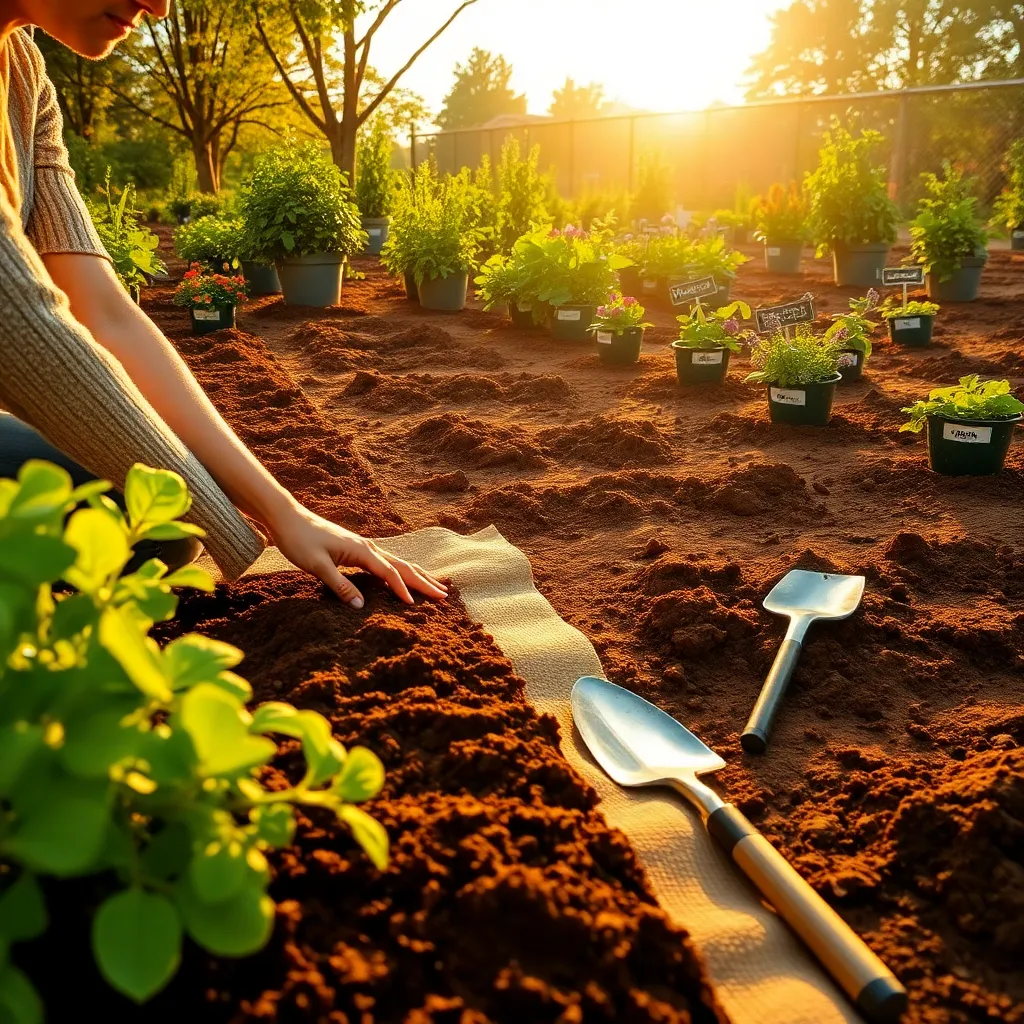
To prepare soil effectively for different plants, understanding the specific needs of each plant is crucial. For instance, root vegetables like carrots and radishes thrive in loose, sandy soil that allows for easy root expansion, while compacted soil can stunt their growth.
When growing leafy greens like lettuce and spinach, a soil rich in organic matter is ideal. Incorporating compost or well-rotted manure can significantly improve soil fertility, ensuring these plants receive the nutrients they require for lush leaves.
Fruit-bearing plants such as tomatoes and peppers require slightly acidic soil with a pH between 6.0 and 6.8. It’s beneficial to perform a soil test to determine the pH and adjust it with lime or sulfur as needed to create the optimal growing environment.
For flowering plants like roses and hydrangeas, the soil must be well-draining yet moisture-retentive. Adding perlite or coarse sand can enhance drainage, while mulching with organic materials will help retain necessary moisture for robust blooms.
Succulents and cacti require a completely different approach, preferring sandy, fast-draining soil to prevent root rot. A mix of potting soil and sand or gravel is recommended to mimic their natural arid habitats, ensuring they thrive indoors or out.
Herbs like basil and parsley benefit from loamy soil that retains moisture but drains well. Regularly turning the soil and adding organic matter like compost will keep it light and airy, promoting healthy herb growth.
- Test soil pH and amend accordingly for specific plant needs.
- Add organic matter to enhance nutrient content and soil structure.
- Ensure proper drainage by adjusting soil texture as necessary.
- Regularly monitor moisture levels, especially for plants with specific water requirements.
Conclusion: Growing Success with These Plants
In nurturing a flourishing relationship, preparing the soil is akin to setting the foundation for enduring growth and harmony. We’ve explored five key concepts: establishing open communication, fostering trust, setting shared goals, nurturing emotional intimacy, and emphasizing mutual respect. These pillars serve as the rich soil from which a healthy relationship can blossom.
As an actionable next step, reflect on one area where your relationship could use more attention—be it enhancing communication or cultivating trust—and commit to a small, yet meaningful, action today. Perhaps it’s a heartfelt conversation or an expression of gratitude.
To ensure these insights remain at your fingertips, bookmark this article. It’s a handy guide to revisit whenever you need a gentle reminder of the essentials that keep relationships thriving.
Looking ahead, remember that successful relationships are built on continuous growth and adaptation. With dedication and love, you can cultivate a partnership that not only survives but thrives through changing seasons. Embrace the journey, and take the first step towards enriching your relationship today. Save this article as a valuable resource on your path to lasting happiness.


